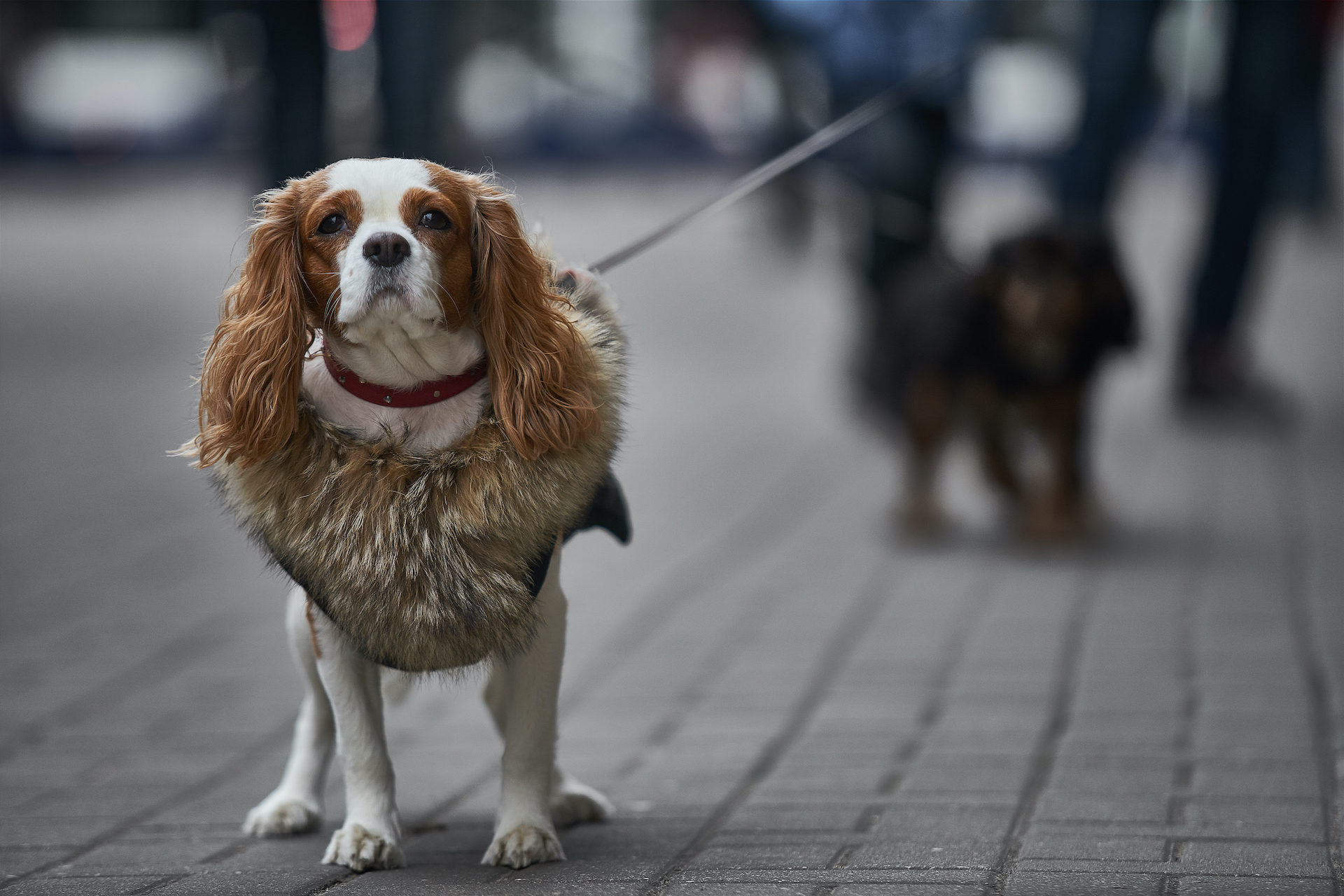Dogs know when humans are lying to them
Dogs may be able to tell when humans are deceiving them, according to a new study.

Dogs may be able to tell when humans are deceiving them, according to a new study.
Specifically, researchers found that dogs react differently to false information given to them by a misinformed human than they do to a human who is flat-out lying to them.
The findings suggest that dogs have a "theory of mind" that they use to explain what their owners are up to. Children typically develop this ability around age 4.
"Although every dog owner thinks that their dog 'understands' them, such a sophisticated level of reasoning about the mental states of others had never been scientifically shown in dogs," senior author Ludwig Huber, the head of the Comparative Cognition unit at the Messerli Research Institute in Vienna, and lead author Lucrezia Lonardo, a doctoral student at the Messerli Research Institute, wrote in a joint email to Live Science.
Related: 7 ways animals are like humans
Past studies that have examined whether or not dogs can understand deception have had conflicting results, they said. "And, in general, scientists are still debating whether other non-human animals are able to engage in the so-called 'mindreading'" needed to detect lying, the authors wrote.
To figure this out, Huber and Lonardo recruited 260 dogs of different ages and dozens of different breeds for an experiment whose design was based on past studies on human children, great apes and dogs. In the experiment, dogs were shown two opaque buckets that could hold food. One experimenter (the hider) always hid the food in one container initially. But in half of the trials, she moved the food to the second container before leaving the room.
Sign up for the Live Science daily newsletter now
Get the world’s most fascinating discoveries delivered straight to your inbox.
Meanwhile, a second person called the communicator carefully watched the movements of the hider and told the dogs where to look for the food based on what she saw. During the first phase of the experiment, the dog didn't see where the food was hidden before, but the communicator always told the dog the truth. To do that, the communicator crouched down to the bucket with the food, picked it up, alternated gazes between the bucket and the dog and said "look, this is good, this is very good."
In the second phase, the authors tested how the dogs' choice of bucket was affected by the behavior of the communicator. In one test, the communicator left the room after watching the hider put the food in the first bucket. Once the communicator left the room, the hider transferred the food to the other bucket (in other words, the communicator did not see this happen). In another test, the communicator was present when the hider moved the food from the first container to the next. In both tests, the communicator told the dogs to eat from the first bucket by looking at that bucket and saying it was good.
The majority of the dogs chose the bucket with the food in it. But they found that more dogs chose the bucket the communicator was indicating if the communicator wasn't in the room when the hider switched the location of the food. (In that instance, the communicator thought that what they were advising was actually true.)
"Because more dogs refused to follow a human informant who knows where food is (in contrast to one who didn't know) but still points to the empty cup, we thought the dogs might have understood that her suggestion is 'deceptive,'" the authors wrote in the email. And the dogs may have perceived the "misinformed" communicator's incorrect suggestion as a "good will" mistake, according to a blog post about the study published in The Royal Society.
"We expected to find the opposite pattern of results for most dogs," the authors told Live Science. "We reasoned that dogs might have been curious to check why the knowledgeable experimenter suggested the wrong container for the first time." After all, that's how human infants and apes behaved in past studies that tested similar conditions.
However, it's still not clear why many dogs would follow the communicator rather than trust their own eyes. In the first part of the trial, the communicator always told the dogs the truth about where the food was hidden, so they could have built a trust relationship with her, Huber said. Or the dogs could have had other reasons to do so. "These are only speculations and the precise reasons why dogs make suboptimal choices under human influence are still unknown," Lonardo said.
Interestingly, one of the breeds, terriers, more often ignored the suggestion of the mistaken communicator than the misleading suggestion of the communicator who was in the room.
That "does not seem to reconcile with an ability to detect human 'cheaters,'" the authors wrote. "Hence, further research is needed to investigate precisely different breeds' reaction to different human intentions." The researchers are planning new studies to test to what extent dogs can understand such human mental states.
The findings were published July 21 in the journal Proceedings of the Royal Society B.
Originally published on Live Science.

Yasemin is a staff writer at Live Science, covering health, neuroscience and biology. Her work has appeared in Scientific American, Science and the San Jose Mercury News. She has a bachelor's degree in biomedical engineering from the University of Connecticut and a graduate certificate in science communication from the University of California, Santa Cruz.











